Home>Furniture & Design>Bedroom Furniture>What Is A Memory Foam Pillow
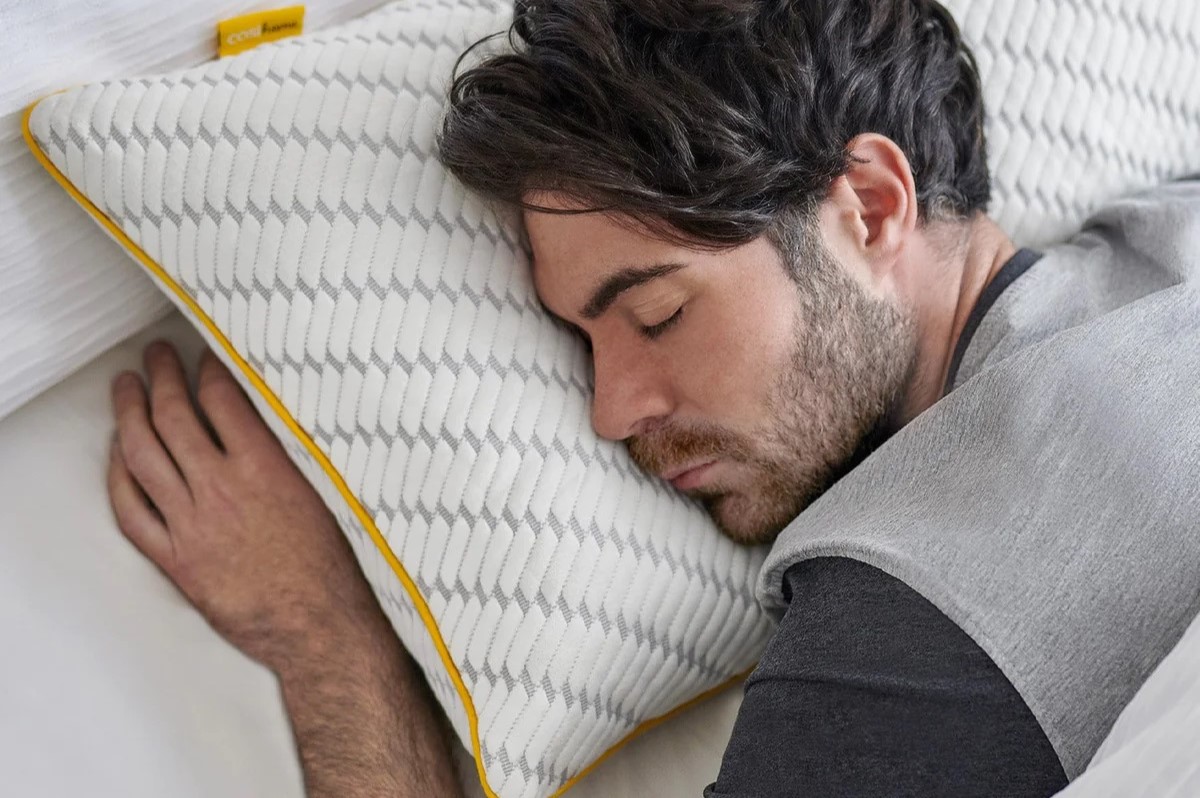

Bedroom Furniture
What Is A Memory Foam Pillow
Published: January 9, 2024
Discover the benefits of memory foam pillows for a restful night's sleep. Find the perfect addition to your bedroom furniture and design. Choose comfort and support with memory foam pillows.
(Many of the links in this article redirect to a specific reviewed product. Your purchase of these products through affiliate links helps to generate commission for Storables.com, at no extra cost. Learn more)
**
Introduction
**
Welcome to the world of luxurious comfort and restful sleep! If you've ever wondered what makes a good night's sleep truly exceptional, you may be surprised to learn that the answer lies within the realm of bedroom furnishings. Among the many elements that contribute to a peaceful slumber, the humble yet extraordinary memory foam pillow stands out as a game-changer in the realm of sleep accessories.
In this article, we'll delve into the fascinating world of memory foam pillows, exploring their origins, benefits, drawbacks, and how to select the perfect one for your needs. Whether you're a seasoned advocate of memory foam pillows or a curious newcomer, join us on this journey to uncover the secrets of this revolutionary bedding essential.
So, what exactly is memory foam, and how does it revolutionize the way we sleep? Let's embark on this exploration together and discover the wonders of memory foam pillows, from their inception to their unparalleled comfort and support.
**
Key Takeaways:
- Memory foam pillows offer personalized support, reduce pressure points, and promote better sleep quality. They’re great for comfort but may have initial odors and heat retention.
- When choosing a memory foam pillow, consider factors like firmness, contouring, temperature regulation, and hypoallergenic features. Research reputable brands and understand return policies for a harmonious sleep experience.
Read more: What Is Memory Foam Pillows
What Is Memory Foam?
**
Memory foam, also known as viscoelastic foam, is a unique material renowned for its exceptional cushioning and supportive properties. Originally developed by NASA in the 1960s to improve the safety and comfort of aircraft cushions, memory foam has since made its way into various consumer products, including mattresses, mattress toppers, and, of course, pillows.
What sets memory foam apart from traditional pillow materials is its ability to contour to the shape of the head and neck, providing personalized support and alleviating pressure points. This is achieved through the foam’s responsiveness to body heat, allowing it to mold to the sleeper’s unique contours and then slowly regain its original shape once the pressure is removed.
One of the standout features of memory foam is its ability to distribute weight evenly, reducing strain on the neck, shoulders, and spine. This can be especially beneficial for individuals with neck pain, stiffness, or other musculoskeletal issues, as the foam’s conforming nature helps maintain proper spinal alignment during sleep.
Furthermore, memory foam exhibits excellent motion isolation properties, meaning that movements on one side of the pillow are less likely to disturb a sleeping partner on the other side. This can contribute to a more restful and undisturbed night’s sleep, making memory foam pillows a popular choice for couples and light sleepers alike.
As we continue our exploration of memory foam pillows, it’s important to understand the material’s origins and the innovations that have propelled it into the realm of sleep science and comfort technology.
**
History of Memory Foam Pillows
**
The evolution of memory foam pillows is intertwined with the broader narrative of memory foam’s development and applications. Following its inception as a NASA innovation, memory foam gained traction in the healthcare and aerospace industries before making its way into consumer bedding products.
In the realm of pillows, memory foam emerged as a revolutionary alternative to traditional materials like feathers, down, or polyester fill. The adaptability and pressure-relieving properties of memory foam made it an attractive option for individuals seeking enhanced comfort and support during sleep.
Over time, advancements in manufacturing techniques and material compositions have refined the design and performance of memory foam pillows. Today, these pillows are available in various shapes, sizes, and densities to cater to a diverse range of sleep preferences and needs.
The history of memory foam pillows mirrors the broader trend of prioritizing sleep quality and ergonomic design in bedding essentials. As consumers increasingly recognize the importance of restorative sleep, memory foam pillows have become emblematic of a holistic approach to sleep wellness.
As we delve deeper into the benefits and considerations associated with memory foam pillows, it’s essential to appreciate the historical journey that has shaped these innovative sleep accessories into indispensable components of modern bedding ensembles.
**
Benefits of Memory Foam Pillows
**
Memory foam pillows offer a myriad of advantages that contribute to enhanced comfort, support, and overall sleep quality. Understanding these benefits can empower individuals to make informed choices when selecting their ideal pillow.
- Pressure Relief: Memory foam pillows contour to the unique curves of the head and neck, distributing weight evenly and alleviating pressure points. This can be particularly beneficial for individuals with neck pain, stiffness, or musculoskeletal issues, promoting a more restful and rejuvenating sleep experience.
- Spinal Alignment: Proper spinal alignment is crucial for minimizing discomfort and preventing long-term postural issues. Memory foam pillows work in tandem with the body’s natural contours, helping to maintain optimal spinal alignment during sleep, which can contribute to reduced neck and back pain.
- Customized Support: The adaptive nature of memory foam allows the pillow to conform to the sleeper’s specific shape, providing personalized support that adapts to individual sleeping positions and preferences. This personalized support can enhance overall comfort and reduce the likelihood of waking up with aches and pains.
- Motion Isolation: Memory foam’s ability to absorb and minimize motion transfer can reduce sleep disturbances caused by a partner’s movements, making it an ideal choice for couples or individuals sensitive to disruptions during the night.
- Durability: High-quality memory foam pillows are known for their longevity, maintaining their supportive properties and shape over an extended period. This durability ensures that the pillow continues to provide consistent comfort and support, offering long-term value for the user.
- Hypoallergenic Properties: Many memory foam pillows are resistant to dust mites and other common allergens, making them a suitable choice for individuals with allergies or respiratory sensitivities.
These benefits collectively contribute to a more comfortable, supportive, and uninterrupted sleep experience, making memory foam pillows a popular choice for individuals seeking to optimize their sleep environment.
As we explore the advantages of memory foam pillows, it’s important to acknowledge that while these benefits are significant, there are also considerations to keep in mind when evaluating whether a memory foam pillow is the right fit for your individual sleep needs.
**
When choosing a memory foam pillow, look for one with a higher density for better support and durability. It should also have a breathable cover to keep you cool while sleeping.
Drawbacks of Memory Foam Pillows
**
Memory foam pillows, while offering numerous benefits, also come with certain drawbacks that individuals should consider before making a purchase decision.
- Initial Odor: Upon unpacking, memory foam pillows may emit a noticeable odor due to off-gassing from the manufacturing process. This odor, often described as “new foam smell,” typically dissipates within a few days to a week as the pillow airs out.
- Heat Retention: Some individuals may find that memory foam pillows retain heat, potentially leading to a warmer sleeping environment. While advancements in memory foam technology have addressed this issue in many products, it’s essential to consider personal preferences for pillow temperature.
- Firmness: The firmness of memory foam pillows can vary depending on the density and composition of the foam. While many individuals appreciate the support provided by memory foam, some may find it initially firmer than their preference, especially if transitioning from a softer pillow type.
- Break-In Period: Unlike traditional pillows, memory foam pillows may require a brief break-in period as the foam adjusts to the sleeper’s contours and body heat. During this time, some individuals may need to acclimate to the unique feel of the pillow.
- Price Point: High-quality memory foam pillows often come with a higher price tag compared to conventional pillow options. While the long-term benefits and durability of memory foam can justify the investment, cost considerations are important for budget-conscious consumers.
- Weight: Memory foam pillows tend to be denser than traditional pillows, resulting in a relatively heavier weight. While this may not pose an issue for many users, individuals with mobility concerns or those who prefer lighter pillows should take this factor into account.
Acknowledging these drawbacks can help individuals make informed decisions when selecting a pillow that aligns with their comfort preferences and sleep needs. While memory foam pillows offer exceptional support and personalized comfort, it's essential to weigh these considerations alongside their numerous benefits.
As we navigate the realm of memory foam pillows, understanding both their advantages and potential drawbacks empowers individuals to make choices that promote restful and rejuvenating sleep experiences.
**
Read more: What Is The Best Memory Foam Pillow
Choosing the Right Memory Foam Pillow
**
When selecting a memory foam pillow, several factors should be taken into consideration to ensure that it aligns with your unique sleep preferences and requirements.
- Support and Firmness: Assess your preferred level of pillow firmness, considering factors such as your typical sleep position and any specific neck or back support needs. Memory foam pillows are available in varying densities, so choose one that offers adequate support without feeling excessively firm or soft.
- Contouring and Comfort: Look for a pillow that molds to the shape of your head and neck, providing personalized comfort and pressure relief. The pillow’s ability to contour to your unique contours is crucial for maintaining proper spinal alignment and minimizing discomfort.
- Temperature Regulation: If you are sensitive to heat retention, consider memory foam pillows with cooling properties, such as gel-infused foam or breathable cover materials. These features can help dissipate heat and promote a cooler sleeping environment.
- Pillow Size and Shape: Choose a pillow size that complements your body frame and sleeping habits. Whether you prefer a standard, queen, or king size, ensure that the pillow dimensions accommodate your sleep surface and allow for unrestricted movement during the night.
- Hypoallergenic Features: If you have allergies or respiratory sensitivities, opt for a memory foam pillow with hypoallergenic properties, such as resistance to dust mites and mold. This can contribute to a healthier sleep environment.
- Brand Reputation and Reviews: Research reputable brands known for their quality memory foam pillows, and take the time to read customer reviews to gauge the pillow’s performance, durability, and overall satisfaction levels.
- Return Policy and Warranty: Check the manufacturer’s return policy and warranty coverage to ensure that you have recourse in the event of any manufacturing defects or if the pillow does not meet your expectations.
By considering these factors and conducting thorough research, you can make an informed decision when choosing a memory foam pillow that complements your sleep habits and promotes optimal comfort and support.
As we navigate the realm of memory foam pillows, understanding both their advantages and potential drawbacks empowers individuals to make choices that promote restful and rejuvenating sleep experiences.
**
Conclusion
**
The world of memory foam pillows is a testament to the marriage of comfort, innovation, and personalized support. From their origins in aerospace technology to their widespread adoption in bedrooms around the globe, memory foam pillows have redefined the way we approach sleep and relaxation.
By embracing the unique properties of memory foam, these pillows offer a host of benefits, including exceptional pressure relief, personalized support, and motion isolation. They cater to a diverse range of sleep preferences and have become indispensable for individuals seeking to optimize their sleep environment.
As with any bedding essential, it’s important to weigh the advantages and drawbacks of memory foam pillows to make an informed choice that aligns with your comfort needs and sleep habits. Whether it’s the initial off-gassing of a new pillow or the need to acclimate to its unique feel, understanding these considerations empowers individuals to make choices that promote restful and rejuvenating sleep experiences.
When embarking on the journey to select the right memory foam pillow, factors such as support, contouring, temperature regulation, and hypoallergenic features play pivotal roles in ensuring a harmonious and comfortable sleep environment. By conducting thorough research, considering brand reputation, and being mindful of return policies and warranties, individuals can confidently select a memory foam pillow that complements their unique sleep preferences.
As we bid adieu to our exploration of memory foam pillows, let’s carry forward the knowledge of their exceptional benefits and considerations, recognizing that these pillows are not just accessories for sleep but essential allies in our quest for restorative rest and rejuvenation.
Frequently Asked Questions about What Is A Memory Foam Pillow
Was this page helpful?
At Storables.com, we guarantee accurate and reliable information. Our content, validated by Expert Board Contributors, is crafted following stringent Editorial Policies. We're committed to providing you with well-researched, expert-backed insights for all your informational needs.
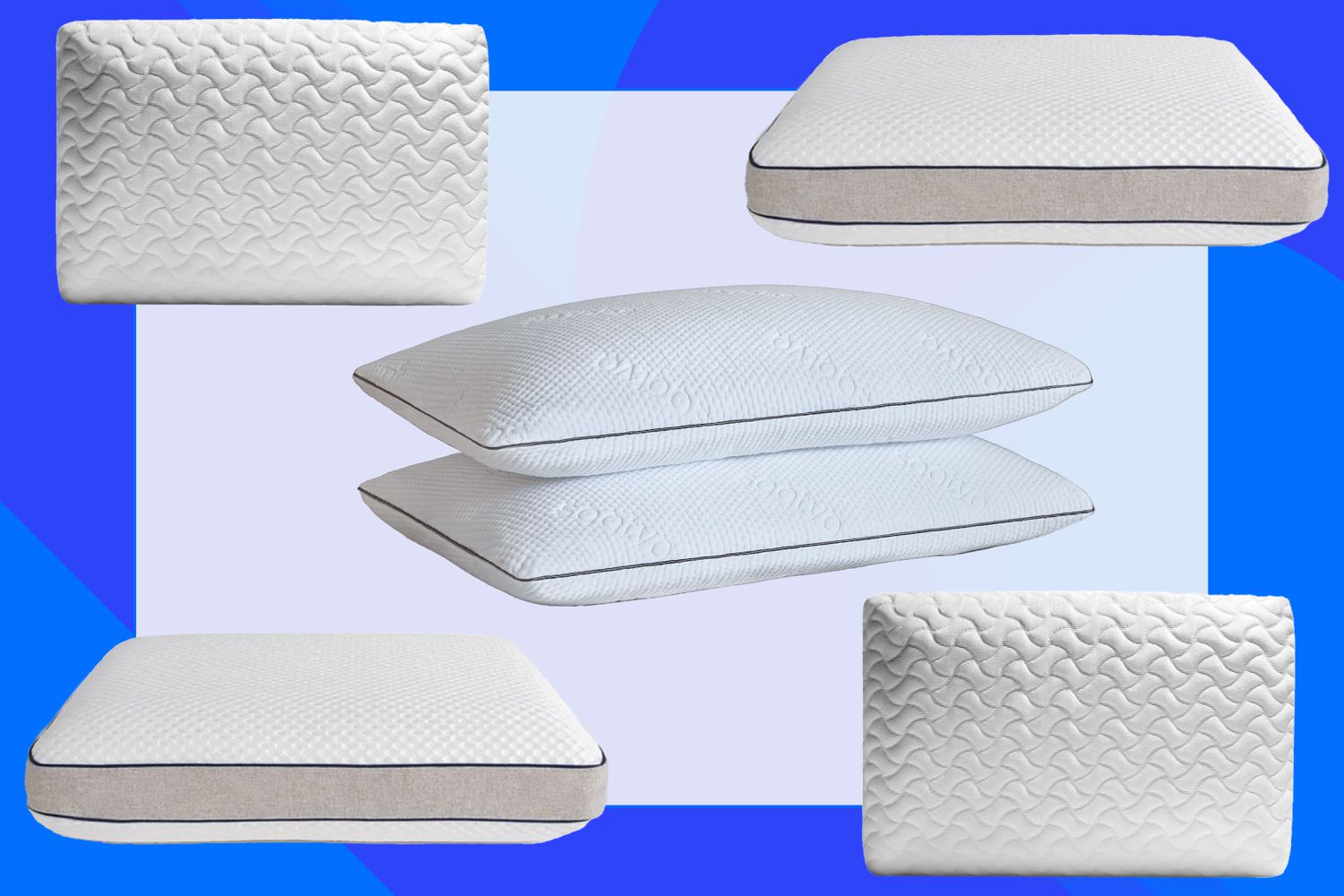
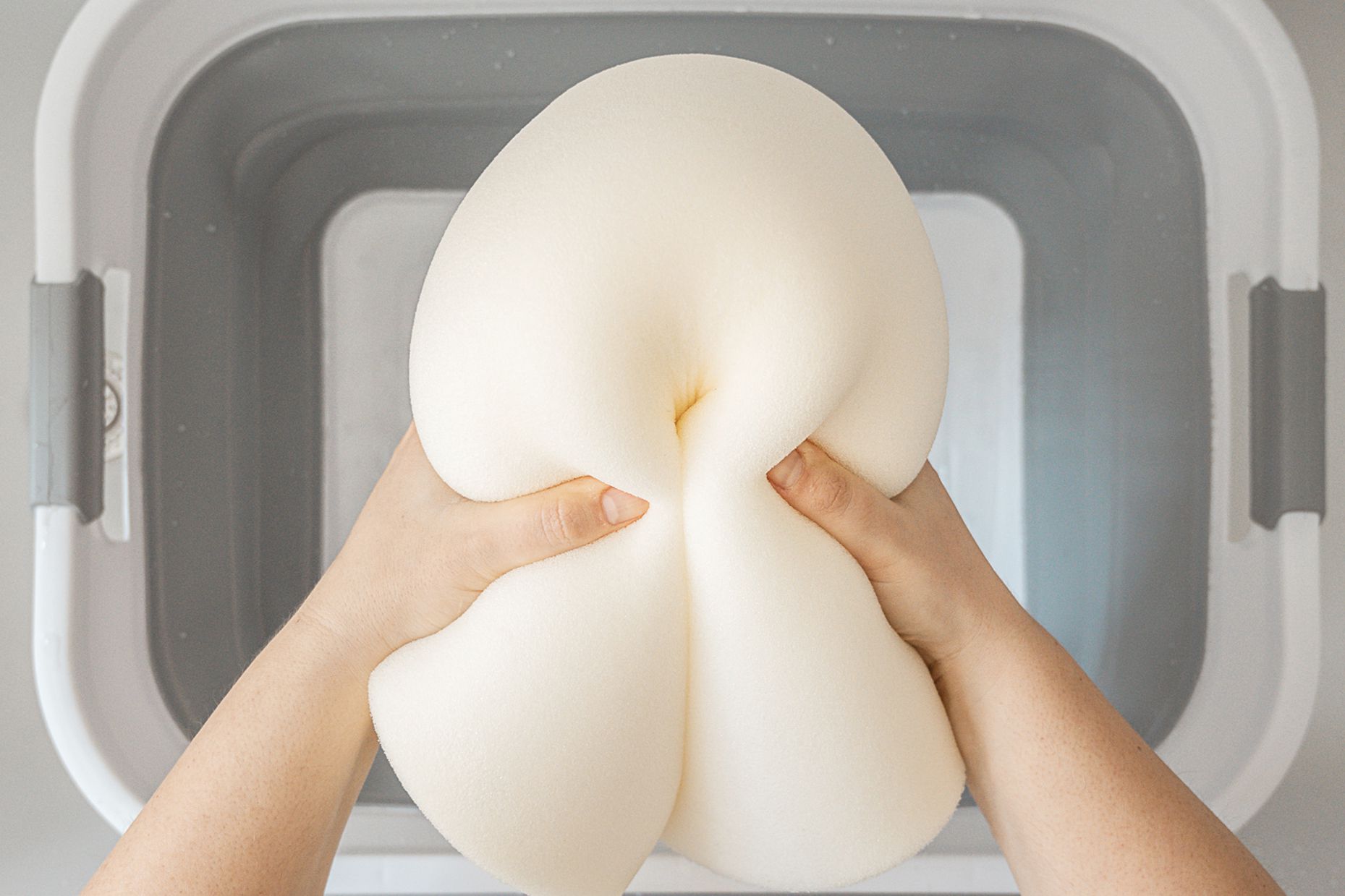
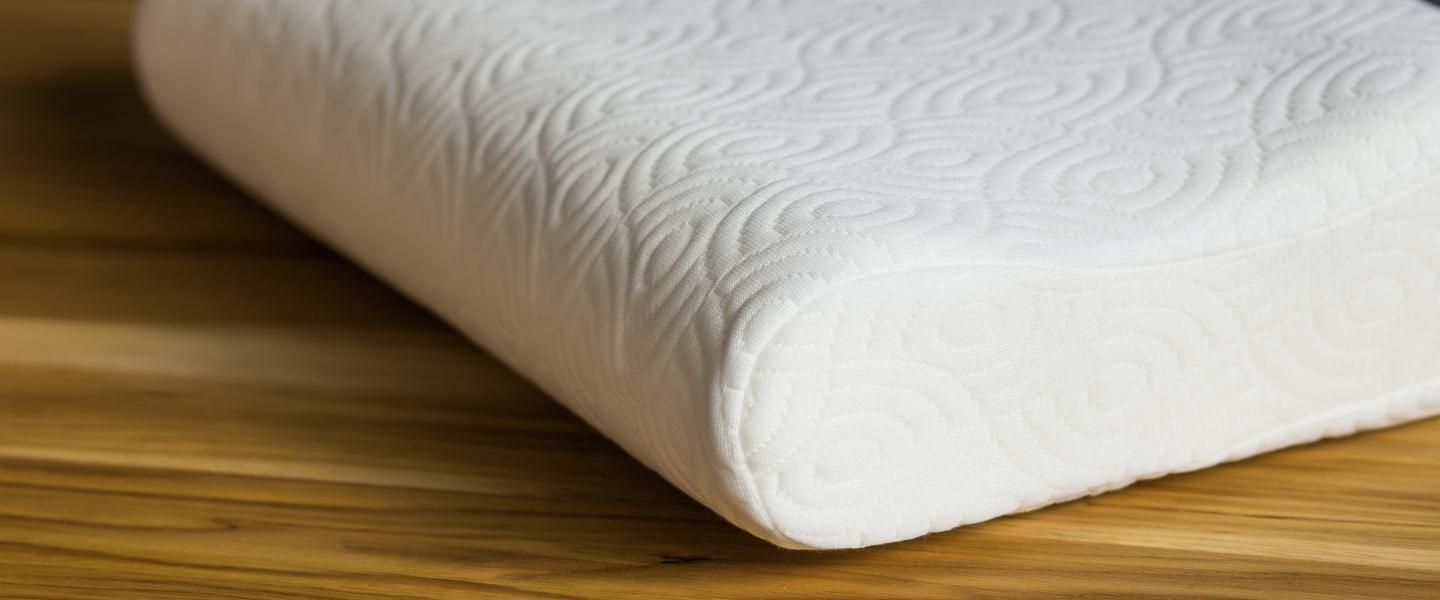
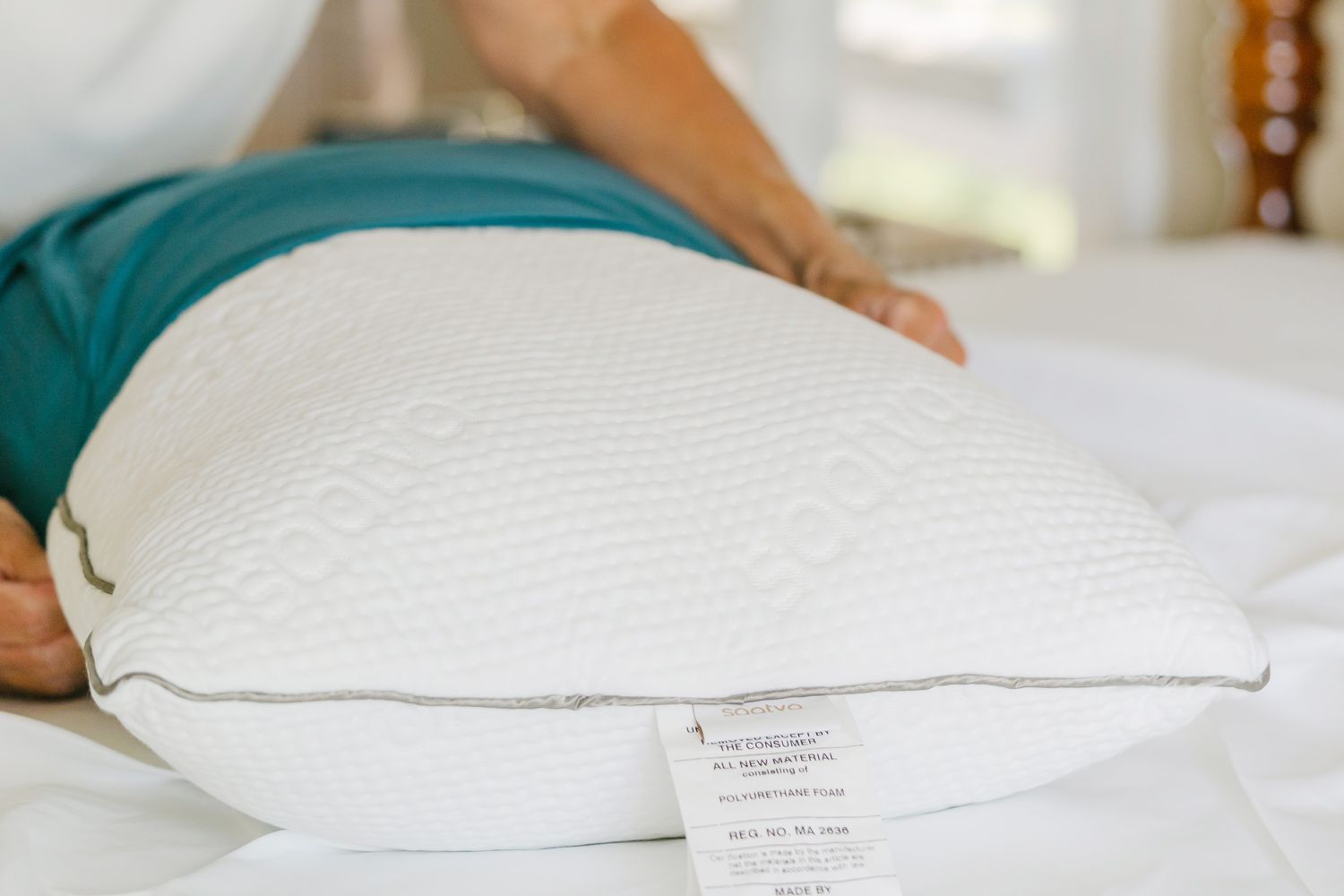
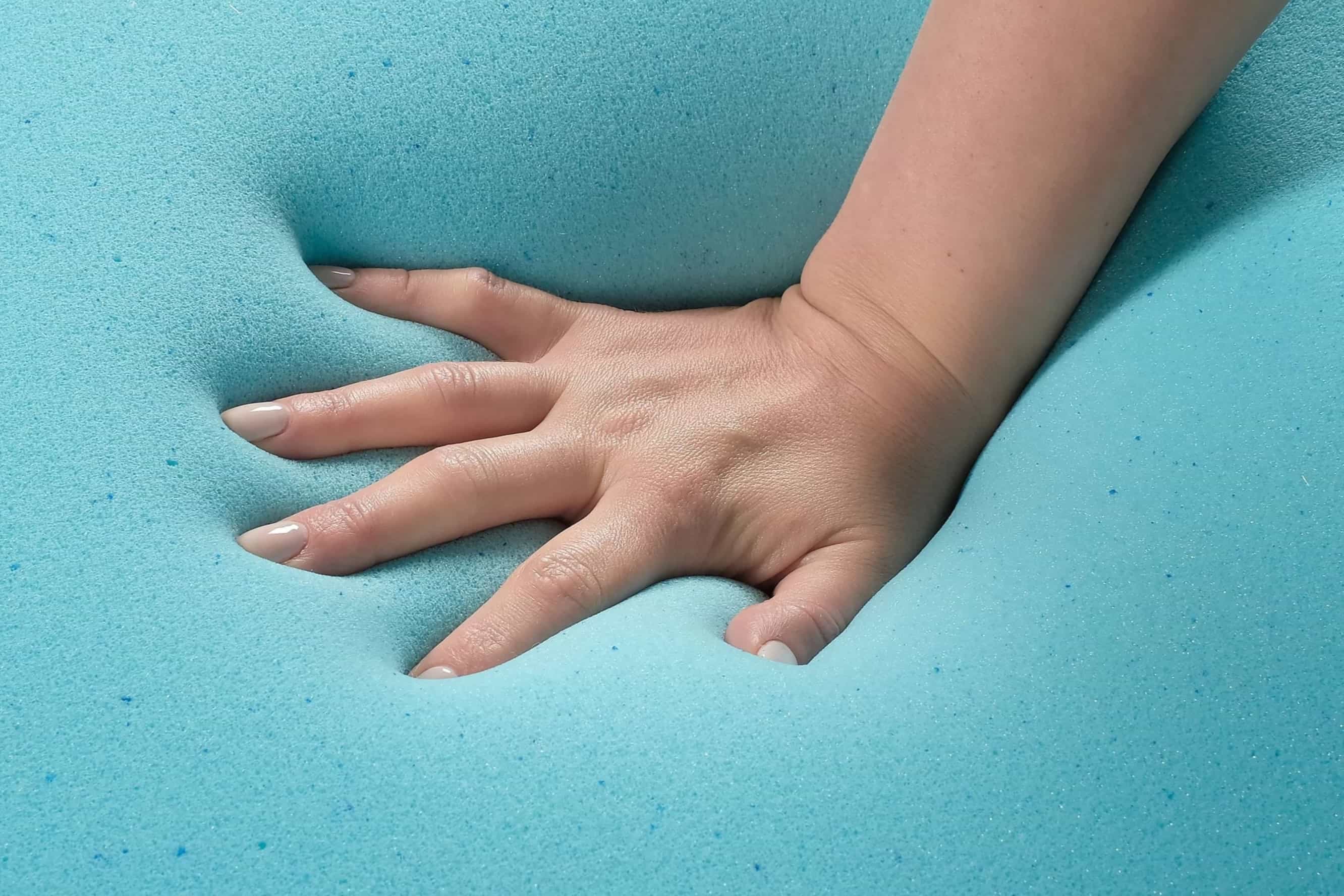
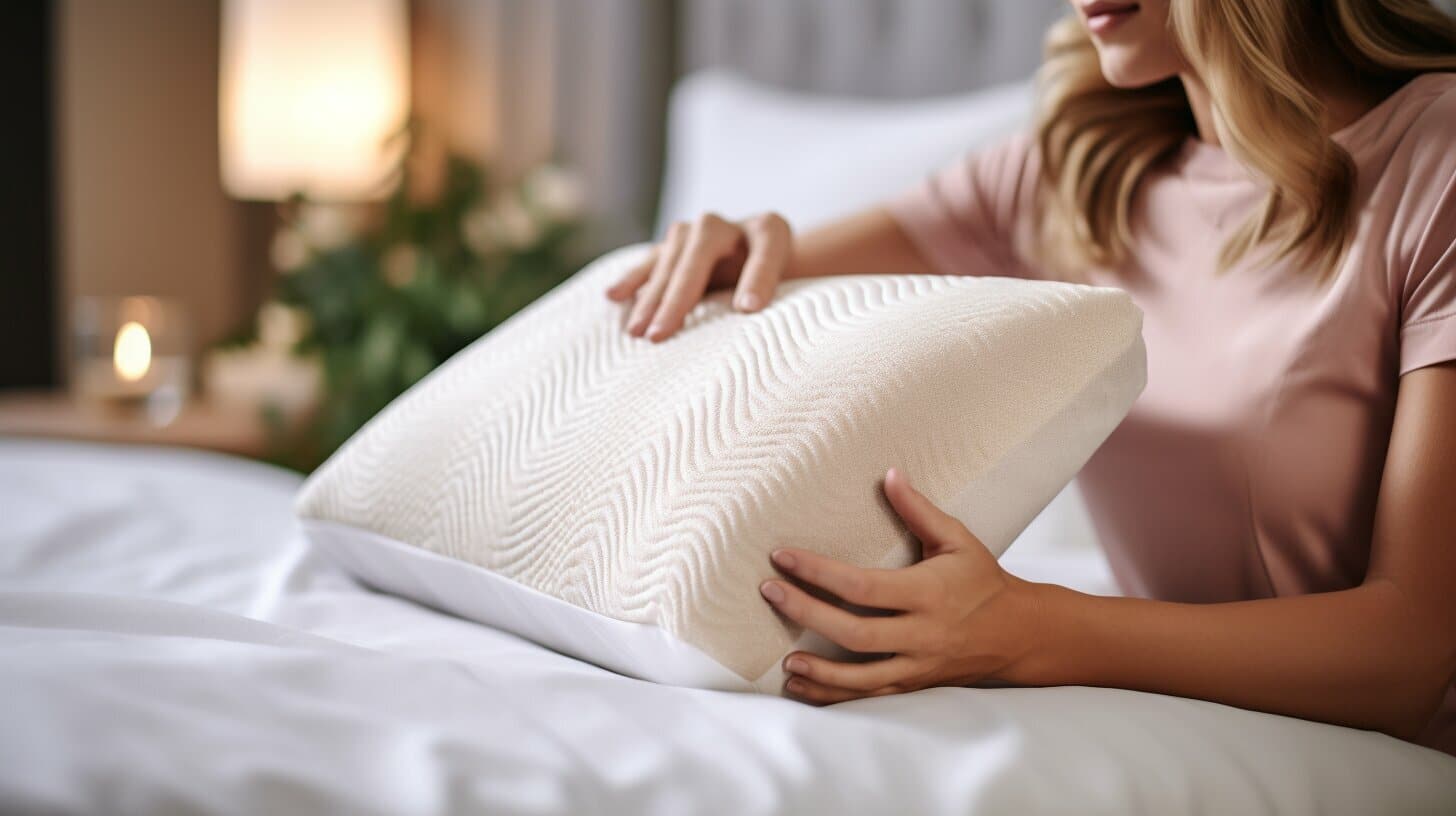
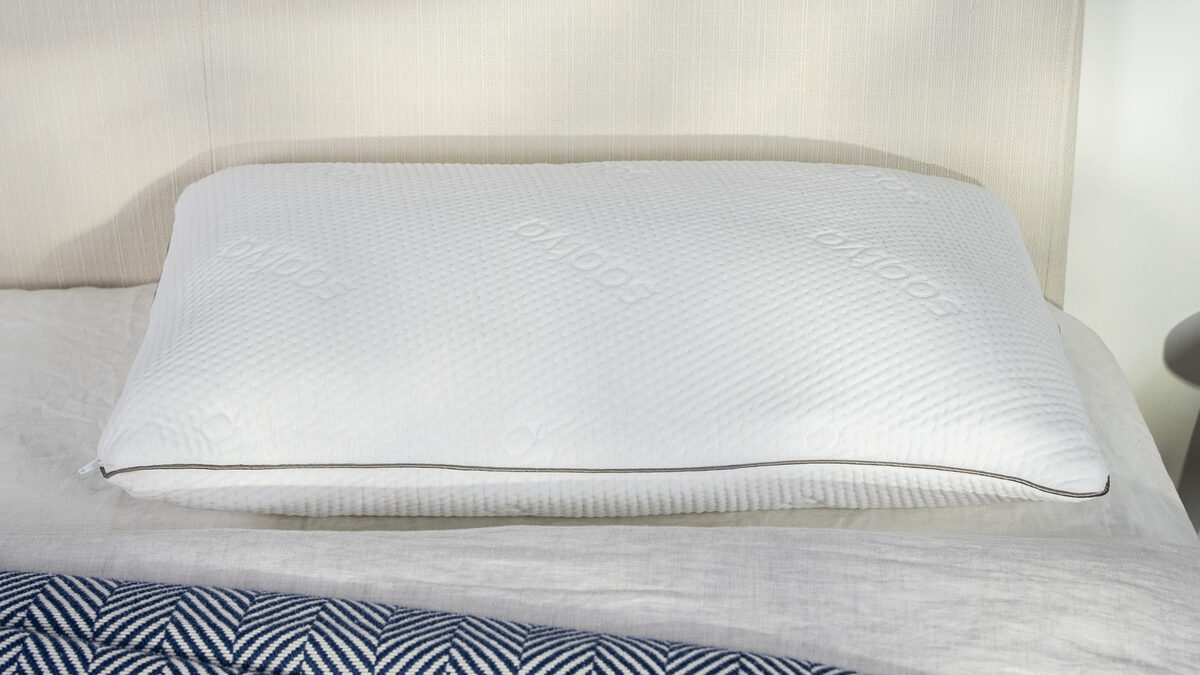
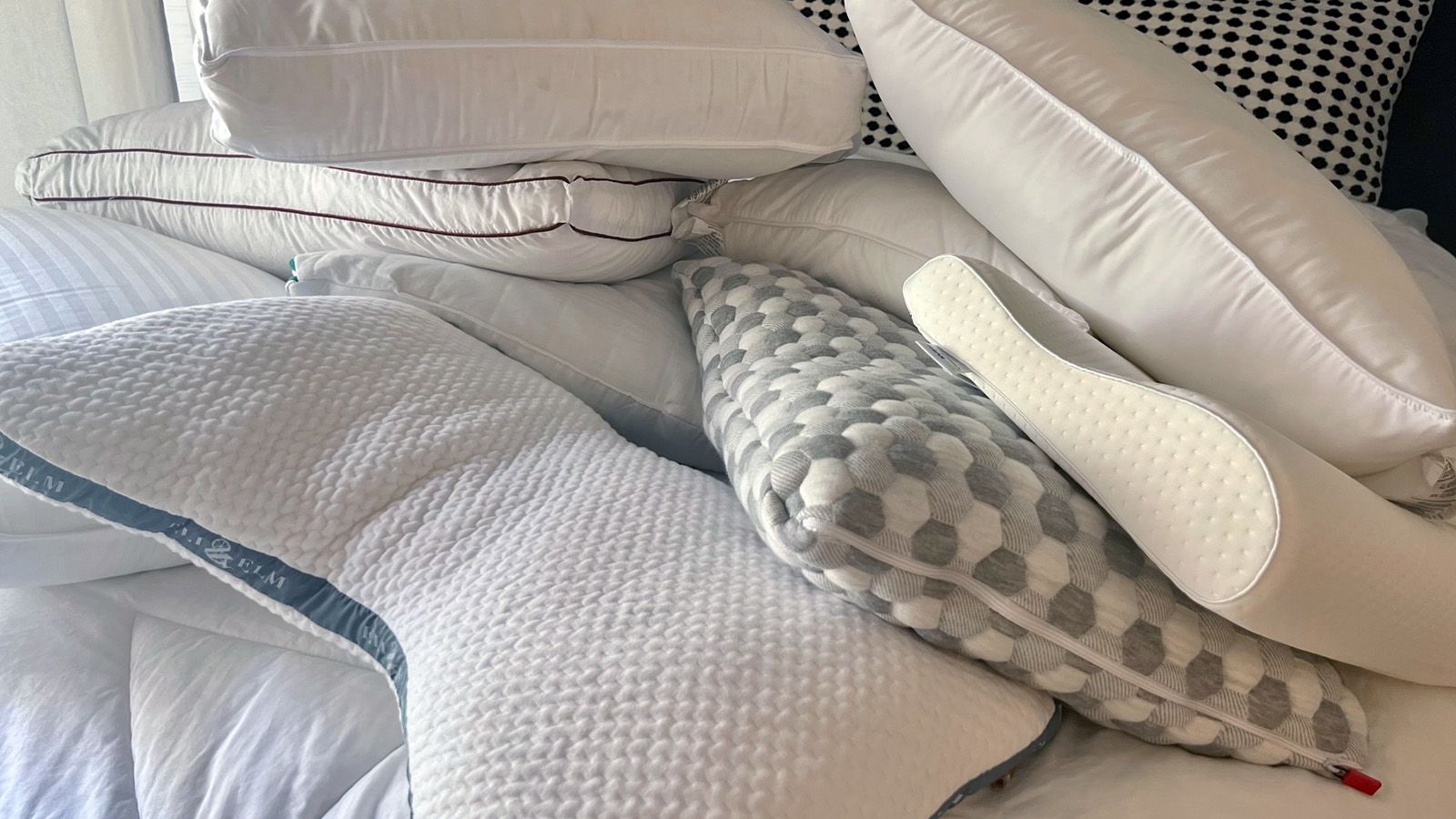
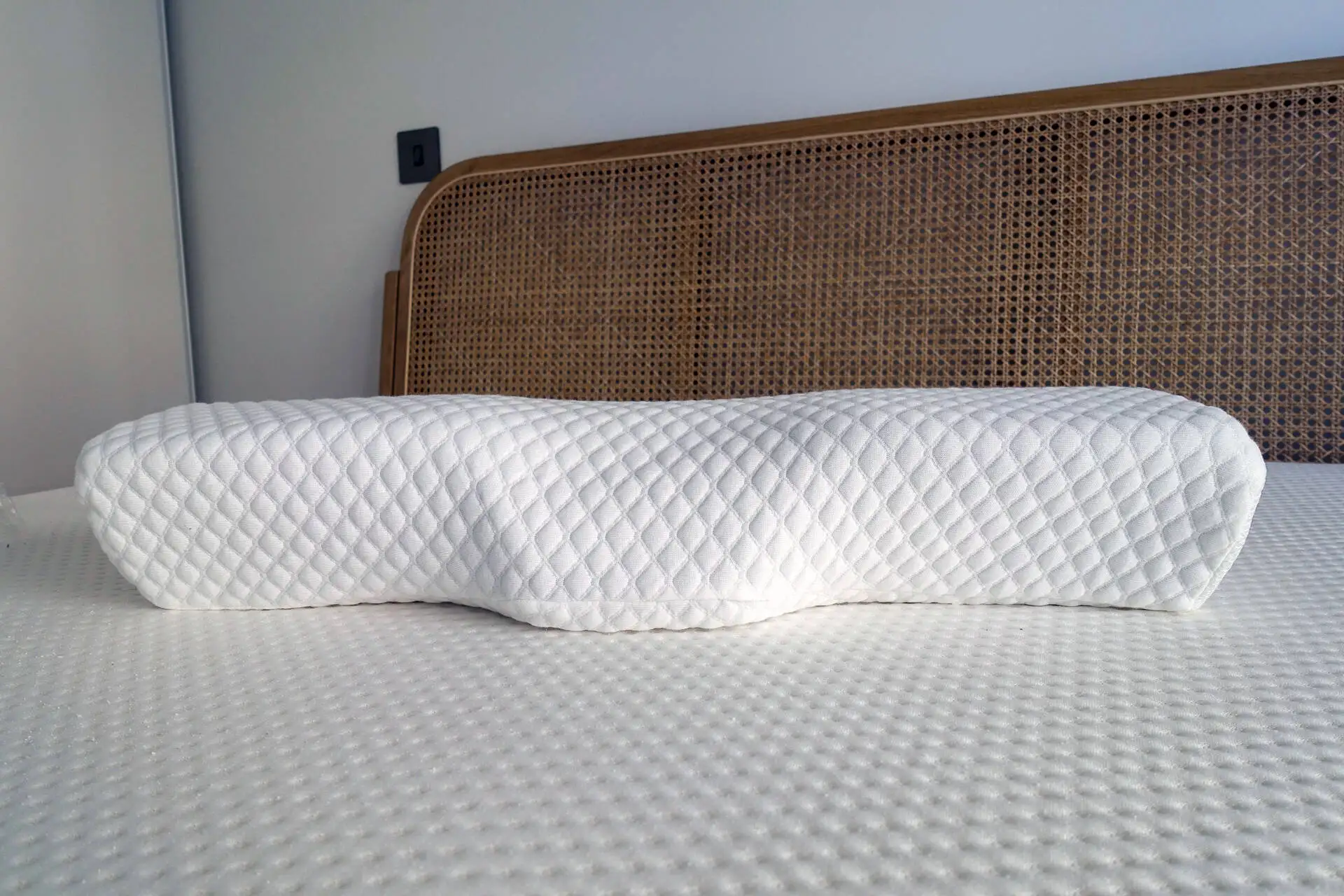
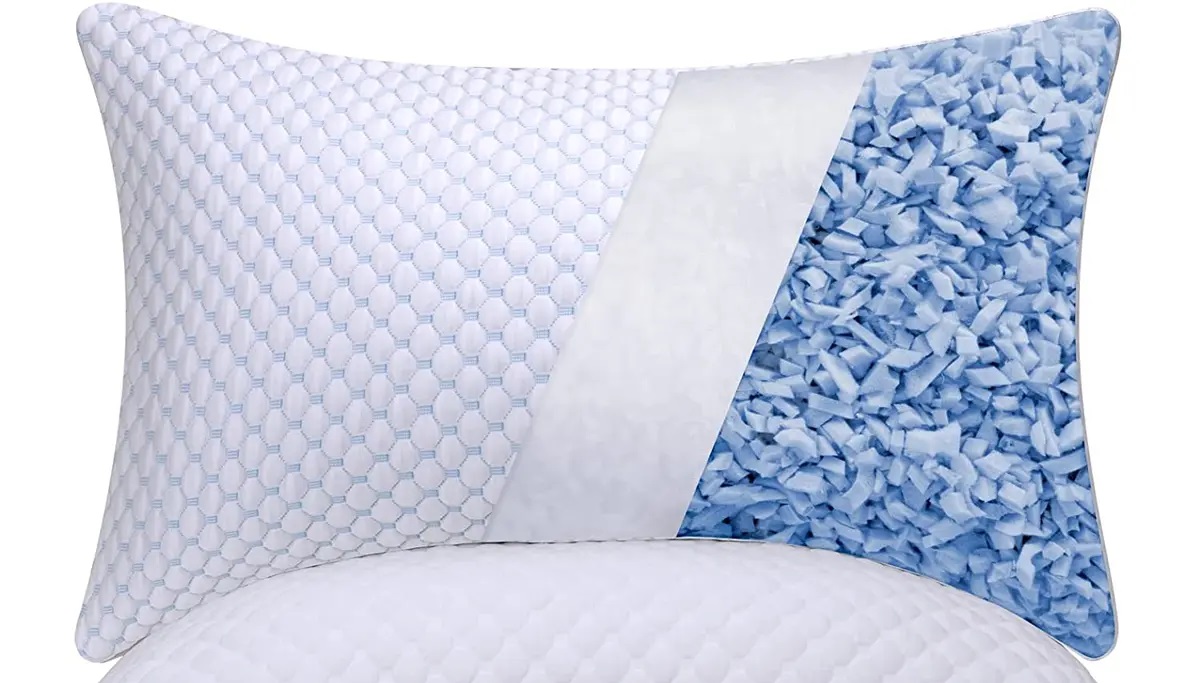
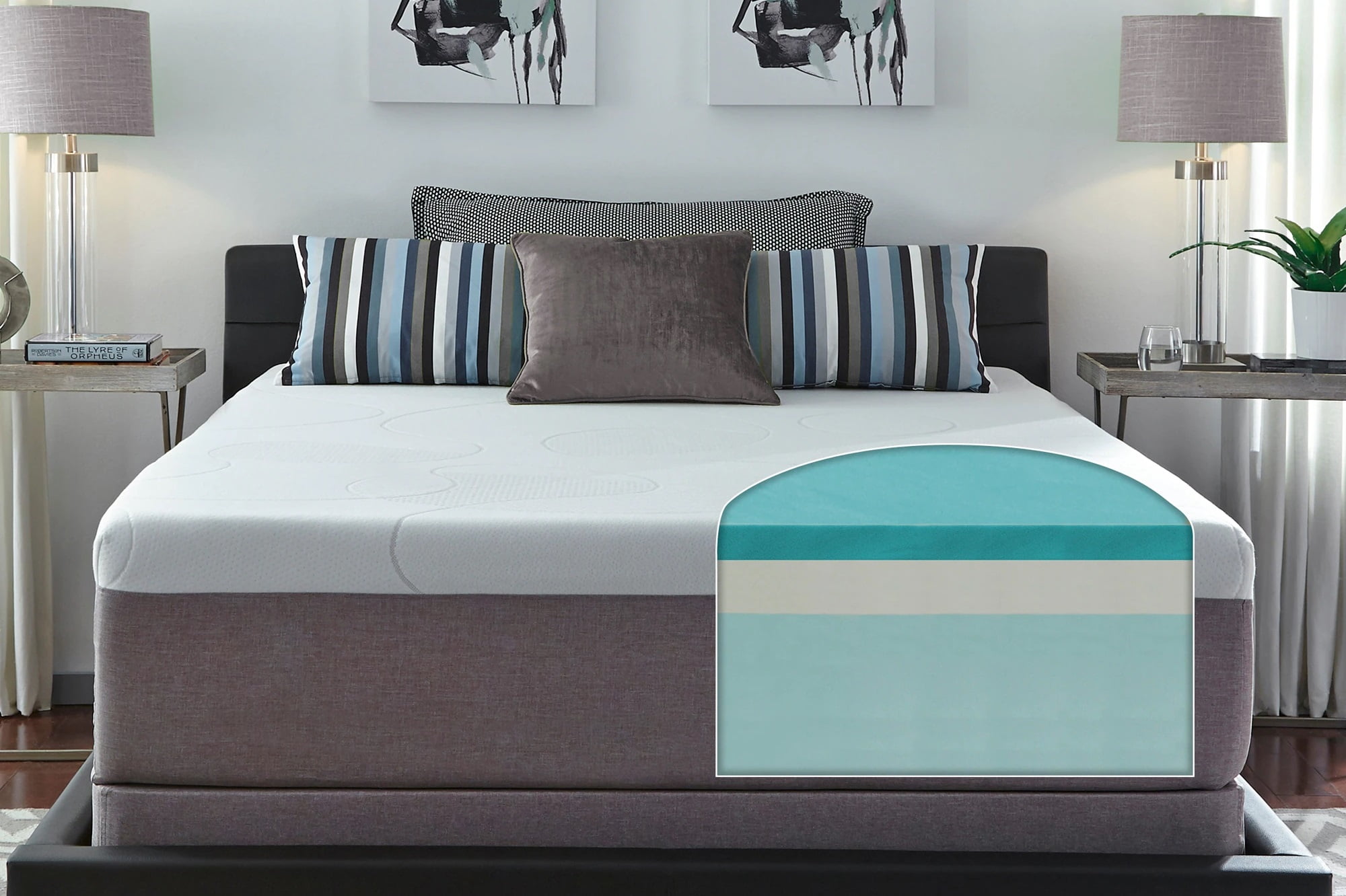
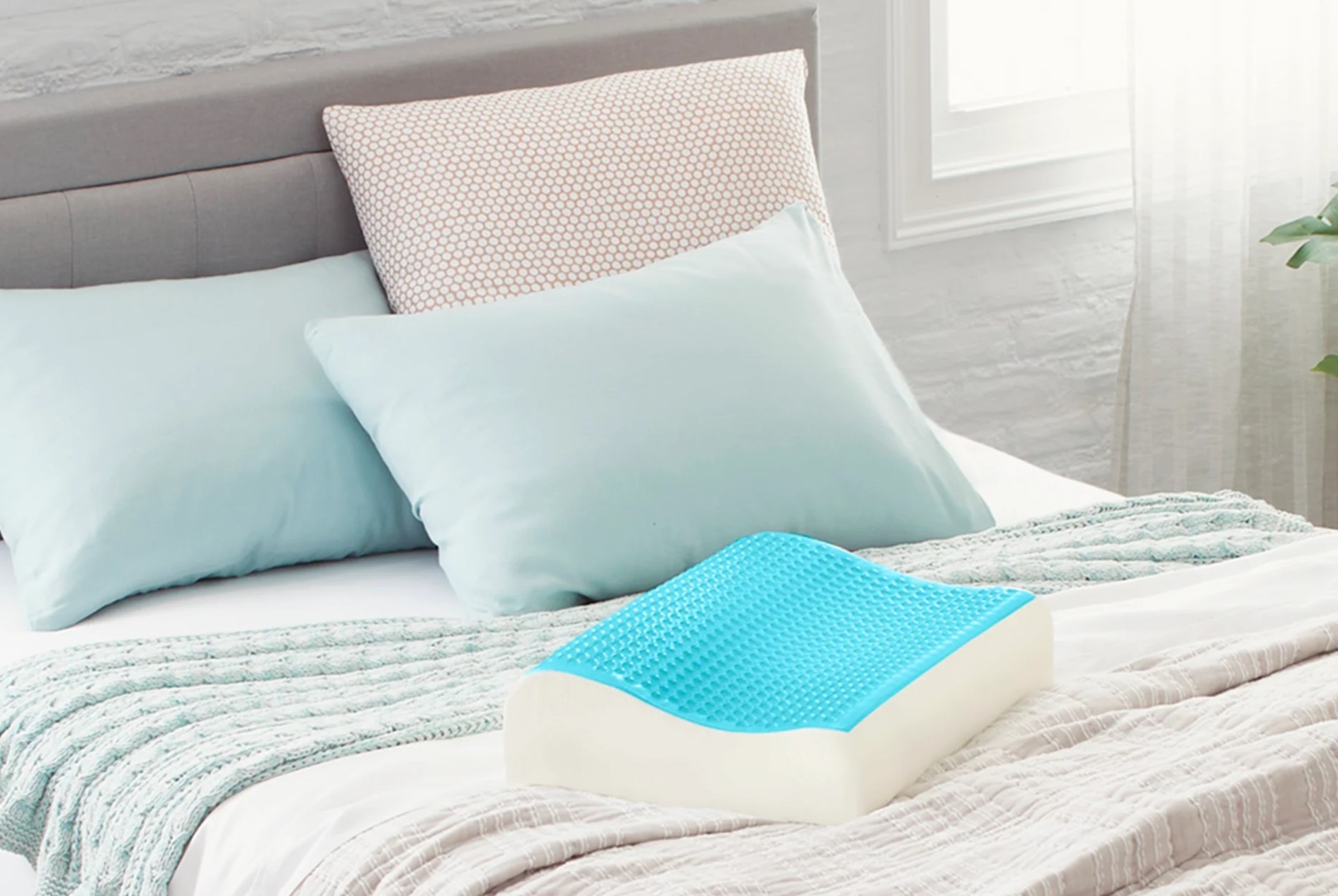
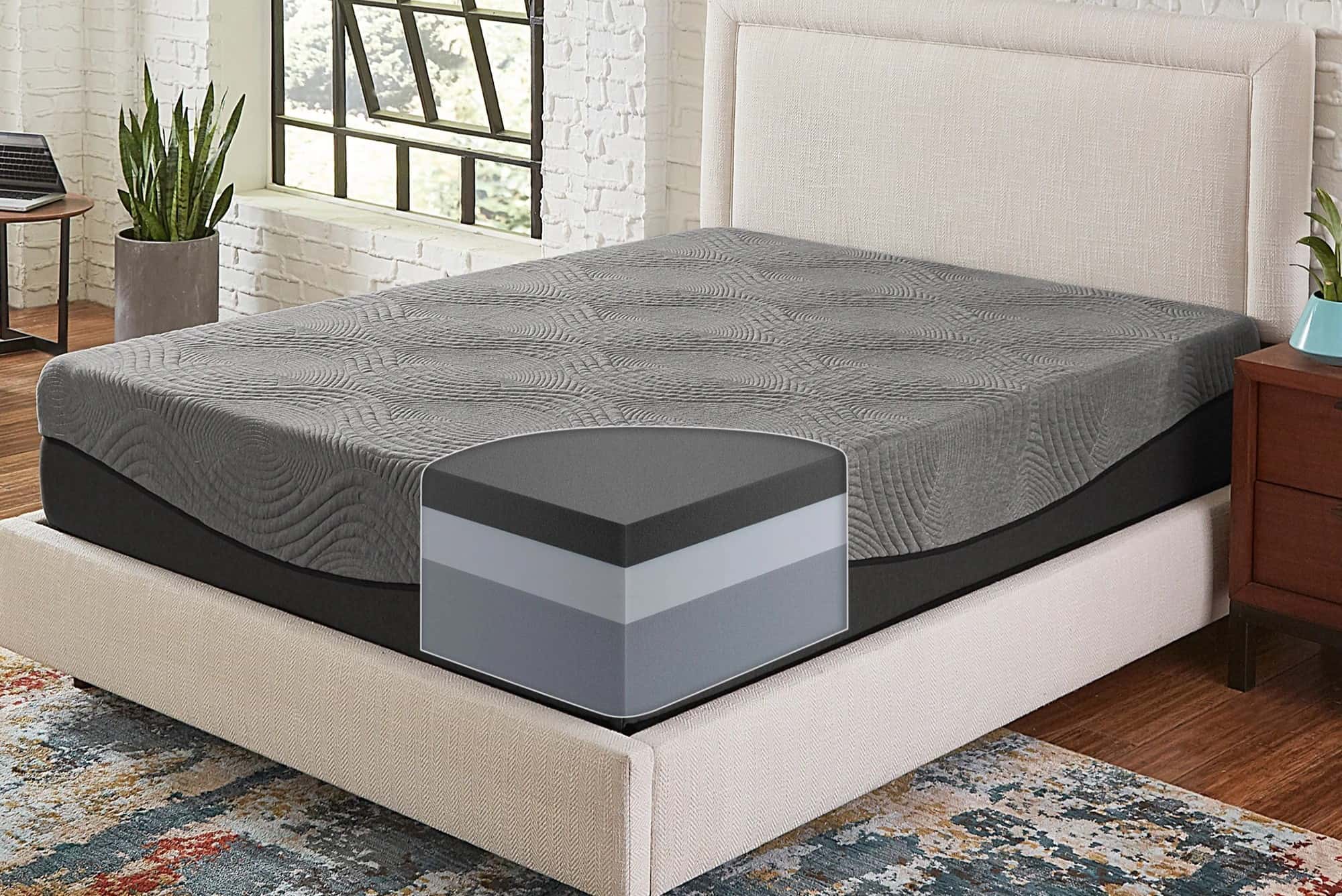
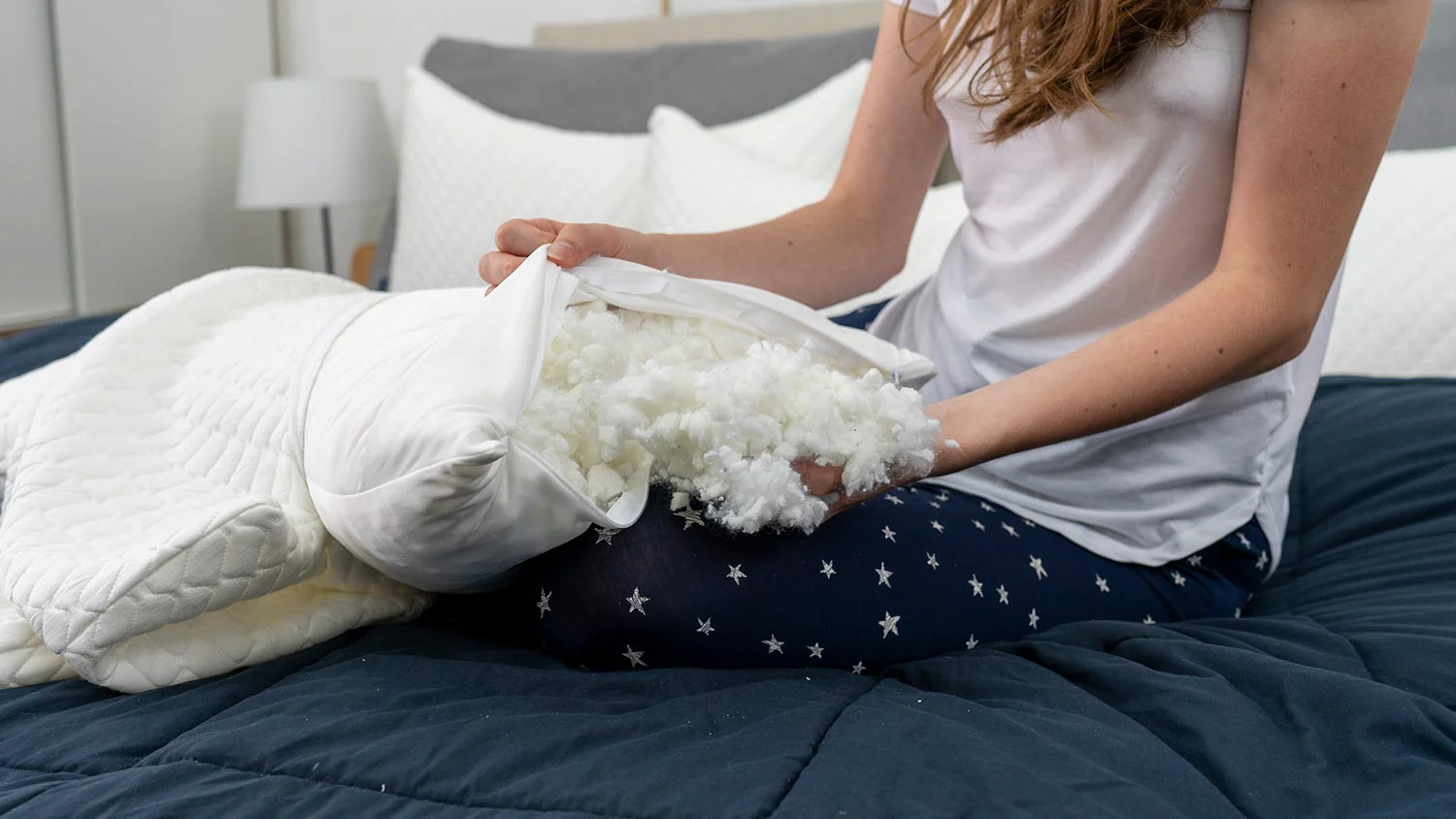

0 thoughts on “What Is A Memory Foam Pillow”